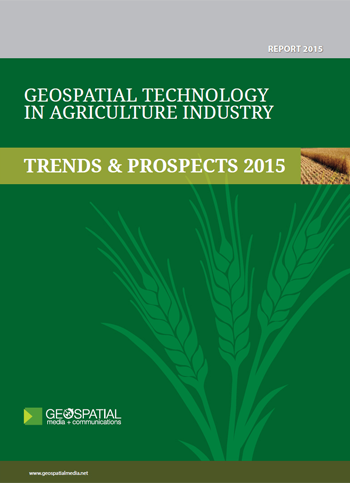Geospatial Technology in Agriculture Industry: Trends & Prospects 2015
Agriculture is a way of life for overwhelming large number of people around the world. The improved use of ICT in agriculture plays an important role in raising the agricultural production and productivity by desired levels. The focus of the report is in four regions:
- Asia-Pacific
- Europe
- South Asia
- North America
The market assessment of Geospatial Technology in Agricultural Industry is carried out by assessing the usage and value proposition of Geospatial Technology in Agriculture. Challenges of Geospatial Technology usage in Agriculture, Software used (open source v/s Proprietary software) and the future industry trends are highlighted in the report. The report also highlights the increased use of ICT in agriculture, application of sensors on crops, chain management and geo tracking in agriculture, increased sophistication of agricultural information systems, etc.
Key Features
- Detailed interaction with 125+ organizations globally
- Professional and in depth study on the usage and value proposition of Geospatial Technology in Agriculture globally
- 50+ tables and figures in the report providing key statistics on the state of Geospatial technology in the agricultural industry
- Key statistics on the usage of Geospatial industry, the challenges in adoption and future trends which can act as a valuable source of guidance and direction for companies and individuals interested in the market
Key Findings
- Increased use of automated machinery which is lighter than the traditional equipment, resulting in energy savings
- Application of sensing with a focus on plant specific information to provide information on crop development, fertilizer equipment, water use, pesticide application, weed control, soil moisture, soil structure and nutrient management. For this purpose, most likely a combination of satellite information and UAVs will be used.
- Integrated supply, chain management and geo-tracking and tracing are other important future trends
- Increased sophistication of agricultural information systems that benefit both farmers and government by providing evaluation of land suitability, a basis for taxation, insurance and compliance with regulations, monitoring of yields and support to agricultural extension
- Adoption of e-commerce or m-commerce for improved use and refined market information for both farmers and traders
- Open data, access to data and capability of handling of big data will be important.
